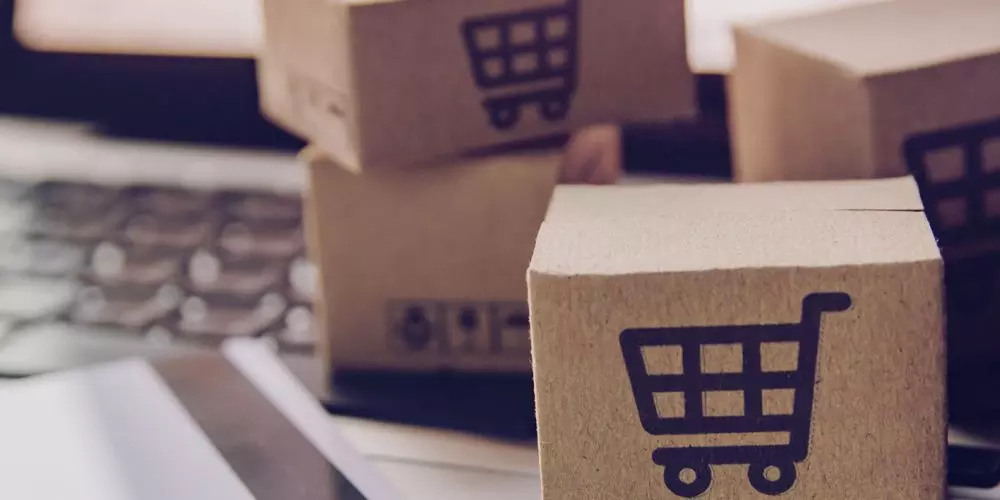Through the GRC Lens
- GRC
- 28 October 20

Has COVID-19 rewired the consumer brain?
The global pandemic surely caught us off guard in the beginning of this year and left a profound effect on our lives. After reshaping the “new normal”, redefining work culture, reorganizing priorities in the world, and transforming the economy, globally, it’s safe to say that COVID-19 has changed how people behave across all aspects of life. As economies start to reopen gradually, let’s look at some significant changes in consumer behavior – through the GRC lens.
There is no denying that the world around us has changed, fundamentally. People are now living, working, socializing, buying, and even thinking differently. The period of contagion, self-isolation, and economic uncertainty brought in by the global pandemic put the resilience of supply chains to a real test and reshaped the consumer goods industry in real time, but has it managed to restructure the consumer brain?
A recent article by McKinsey shed light on new behaviors emerging across 8 areas of life – work, learning, communication and information, travel and mobility, life at home, play and entertainment, health and well-being, and shopping and consumption – “What consumers value is truly shifting, and so is their channel choice. Consumer spending is ‘overpronating’ massively toward value, and there’s a material flight to online, said Senior Partner, Sajal Kohli, McKinsey.
Some of these fundamental shifts will have long-lasting effects on consumer purchasing behavior, predicts PWC. According to the EY Future Consumer Index, in the months ahead, 52% of consumers expect to change the way they shop and 41% say they will change the products they buy.
Consumer Response in the Current Crisis
The “new normal” has changed the way consumers interact with a brand or buy a product. The need for basic necessities has taken precedence over luxury. What else has changed?
- Being mindful: The fear of a financial burnout has led consumers to be mindful about their spending and trade down to less expensive products which predominantly include essentials, such as grocery and household supplies, pet care products, personal care and pharmacy, and beverages.
While COVID-19 turbocharged the move to digital commerce, it also resulted in a huge surge in online payments. Forrester says that one in five adults across the EU tried out digital payment methods for the first time during the first wave of the pandemic, including contactless, mobile, and digital wallets. “Payment fraud, fraudulent credit card payments or even digital currency payments are a top risk, followed by fraud by vendors and sellers,” said Andi McNeal, director of research at ACFE, after the ‘Fraud in the Wake of COVID-19: Benchmarking Report’ was released. - Growing love for local: The desire to shop local is reflected in both the products consumer buy (e.g. locally sourced, artisanal) and the way they shop (e.g. supporting community stores), reports Accenture.Throughout COVID-19, people have rediscovered their local stores and neighborhood shopping precincts. They have likely established stronger connections with their local business community and saved valuable travel time.
After supply chains found themselves experiencing unique challenges of their own, followed by a growing fear of food shortage, COVID-19 outbreak shed light on the supply chain resilience world-wide. Ironically, a crisis like the novel coronavirus, revealed more about the flexibility and strength under pressure about the food supply chain, than its weak points. In addition to that, the surplus stock flooding retail shelves were cleared in no time, leading to accelerated sales and profit for small sellers. - Going digital: The reluctance to shop in a crowded store, hesitation to use public transport, and the practice of social distancing, has also increased the propensity towards digital – we have covered a “decade in days” in adoption of digital technologies, says McKinsey.
Experian’s newly published Global Insights Report revealed that consumers expect their online activity to increase in the next year, engaging with digital services like never before.
How Companies Can Drive the Change
COVID-19 transformed the role of retail overnight. The pandemic physical distancing measures and the resulting recession worked against all three value drivers for retail – footfall, dwell times, and consumer confidence, reported KPMG.
To meet the growing demands of the “new consumer” businesses must adapt. That means bolstering digital onboarding processes, implementing fraud prevention systems, and deploying sophisticated decision and analytics solutions. Only 32% of businesses agree to have adjusted their digital operations to satisfy this new demand, indicating there’s a lot more to do, revealed Experian.
To build trust in the “new normal” companies will have to innovate with greater transparency, governance, and compliance. They will have to improve their cybersecurity and fraud prevention mechanisms in order to reduce risk, ensure continuity of operations, and safeguard customer information. COVID-19 also exposed the fact that companies lack visibility in their third-party and vendor relationships. The growing number of attacks during the pandemic has made it critical for businesses to understand their suppliers, proactively monitor them for risk and ensure they’re complying with the necessary regulations.
Perhaps going forward, a market for uniqueness will become an imperative. Companies need to make agility the new way forward. Brands may also see the need to connect locally – be it through highlighting local provenance, customizing for local needs or engaging in locally relevant ways. Personalization, prediction and adaptability are three dominant consumer expectations that are driving a trend toward virtual customer intimacy, concluded EY, from their recent research. “Companies must formulate strategies immediately to address the challenges,” says Pinakiranjan Mishra, Partner and National leader, Consumer products and retail, at EY India.
As we move into the ‘next’ and ‘beyond’ phase, a brand’s ability to transform faster, invest in innovative technologies, and optimize the use of big data and analytics, will be the key differentiators and will ultimately enhance their resilience for future disruptions.







